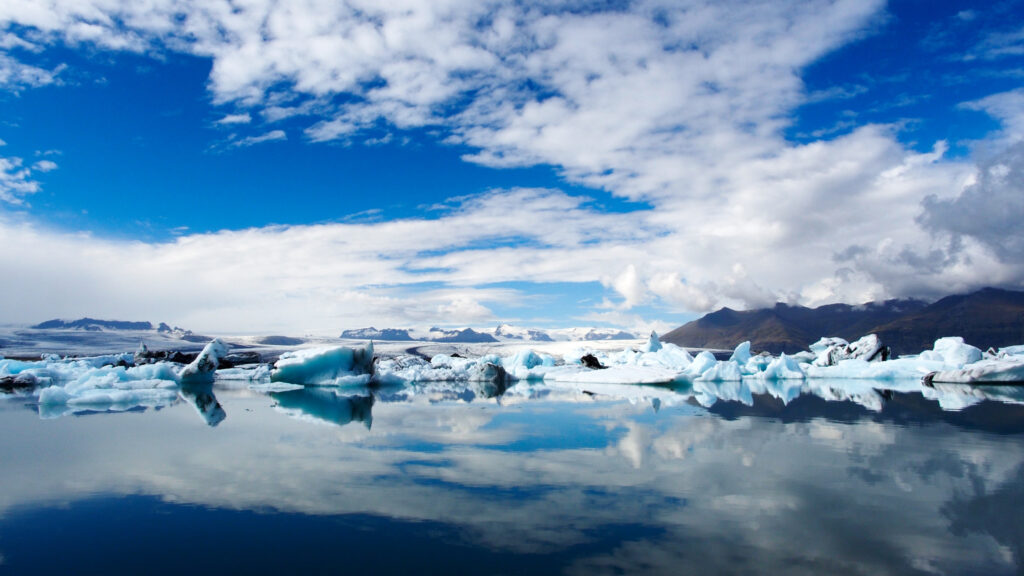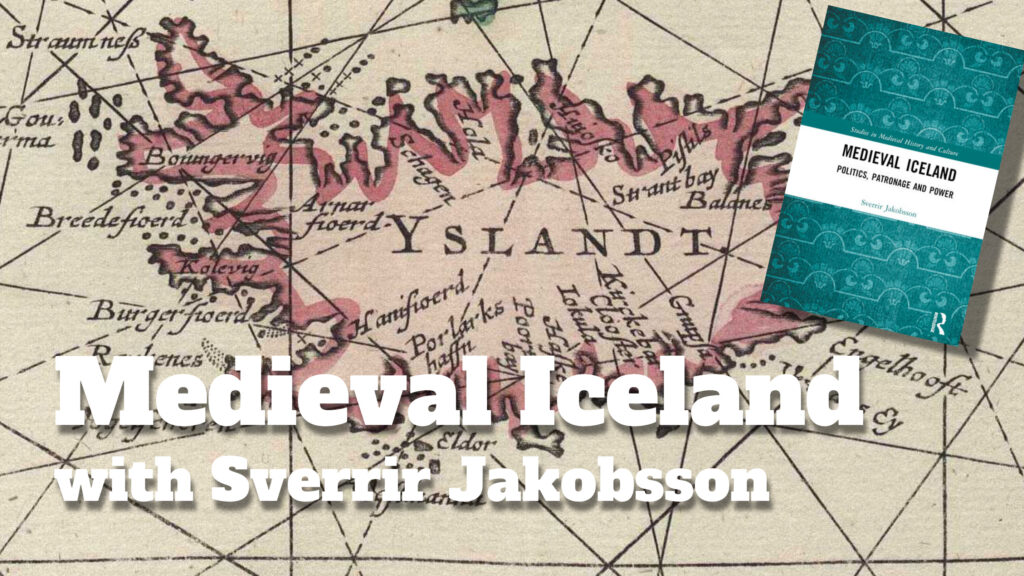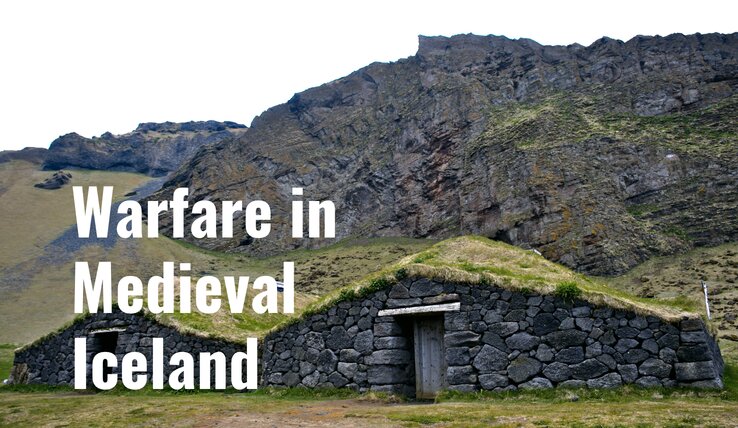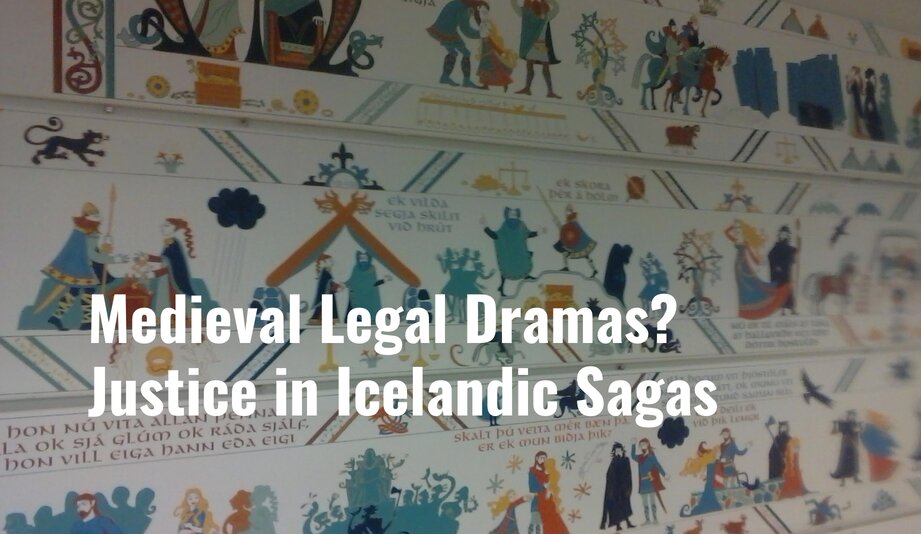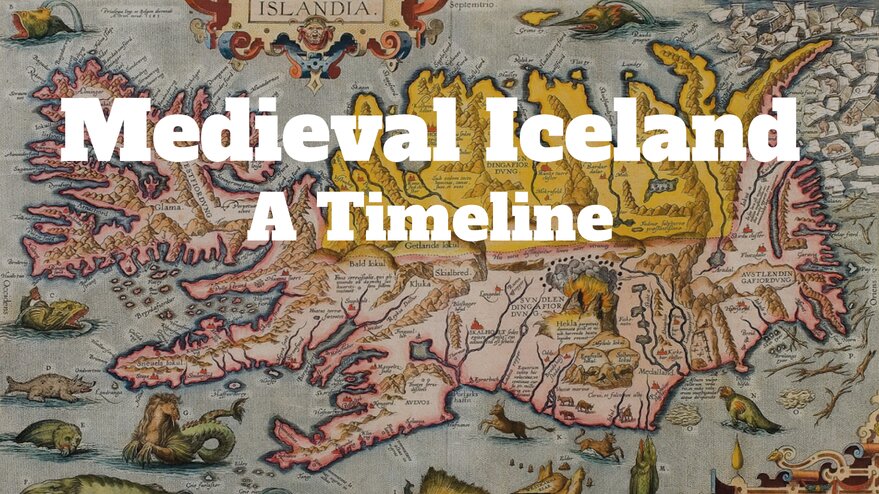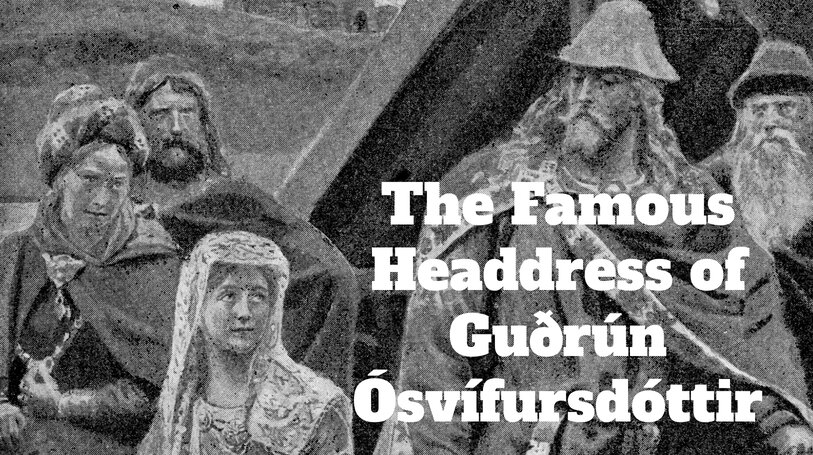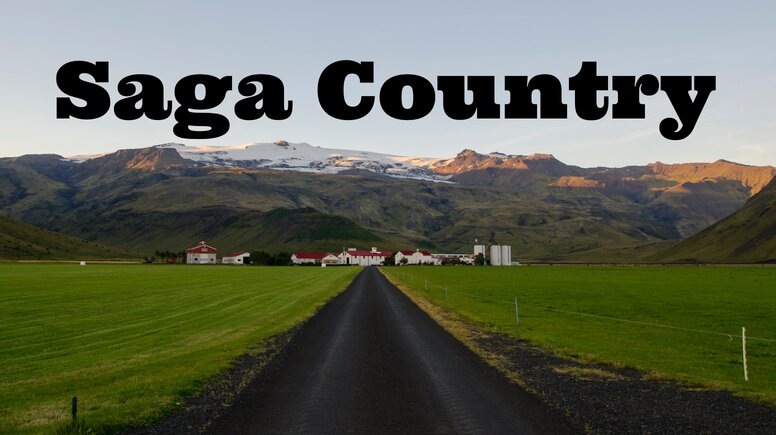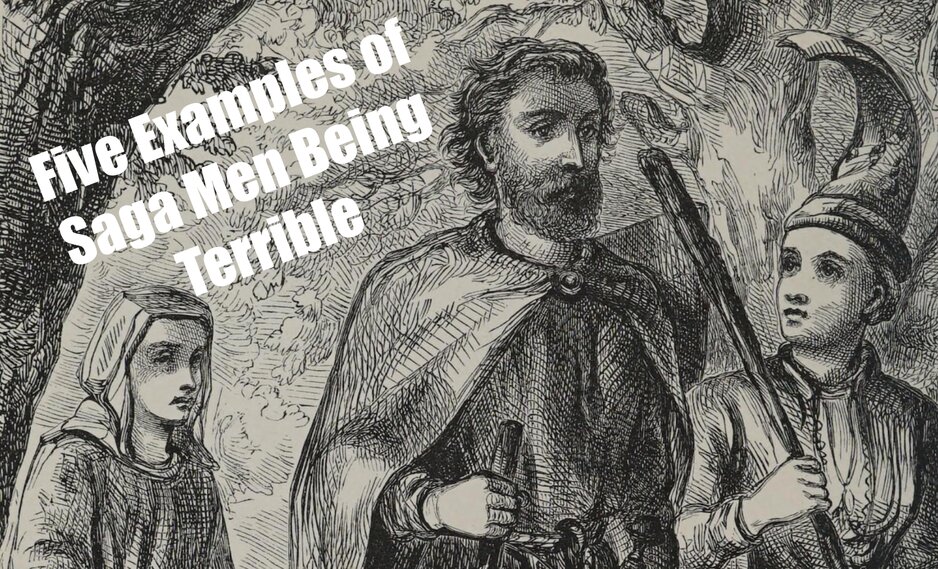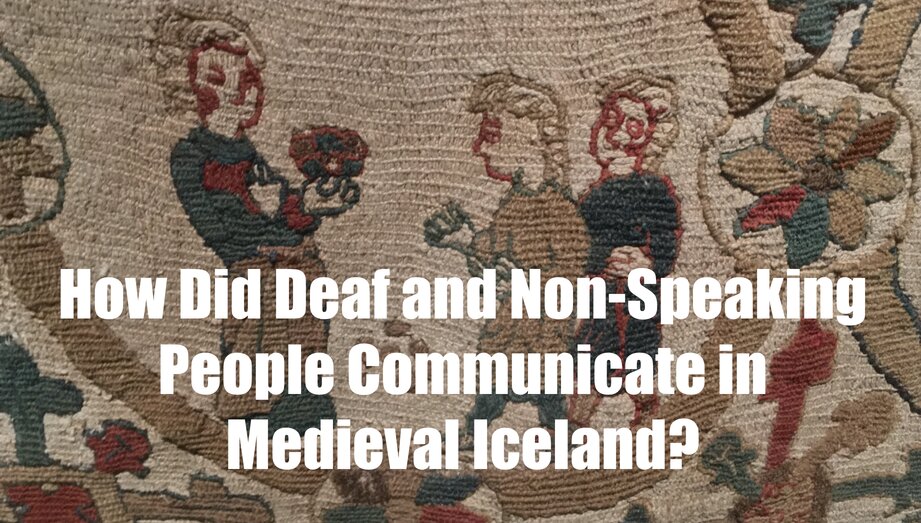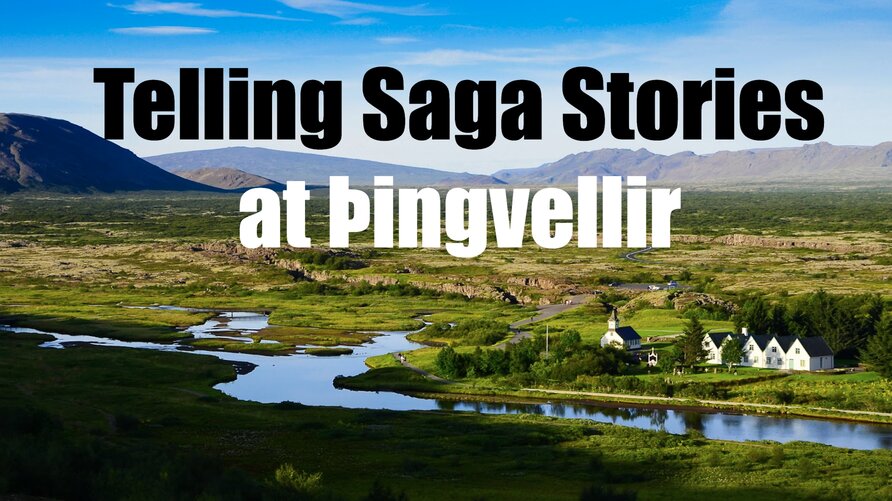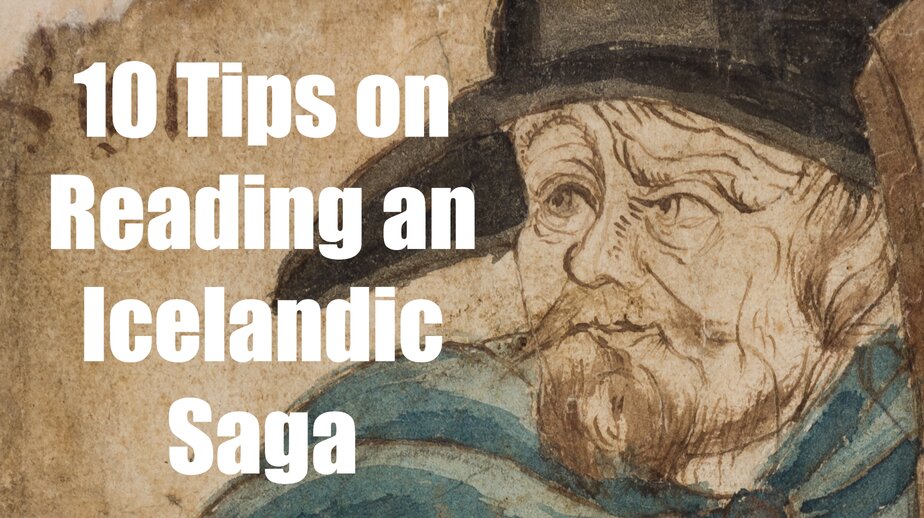New Medieval Books: The Galdrabók
The Galdrabók: Forbidden Icelandic Folk Magic Translated by Kári Pálsson Hyldyr ISBN: 978-1-966041-03-0 Editions and translations of two pre-modern Icelandic manuscripts related to…
Icebergs, Iceland, and the Fall of Rome: New Evidence Reveals the Impact of a Medieval Climate Crisis
New research reveals that icebergs from Greenland reached Iceland during the 6th–7th centuries, offering fresh insight into the Late Antique Little Ice Age—and how climate change may have shaped the post-Roman world.
New Medieval Books: Story, World and Character in the Late Íslendingasögur
The Icelandic sagas written after the year 1300 tend to get classified as being not as good as the more famous Family Sagas. However, this book explains why these ‘rogue sagas’ are also very interesting, especially their superhero characters and paranormal encounters.
New Medieval Books: Vikings, Half-Trolls and Saga-Authors
Medieval Icelanders had a deep fascination with their ancestors, a theme vividly reflected in the sagas they wrote. This book explores four sagas set in Iceland’s early days, examining how these stories were preserved and passed down through generations.
Medieval Iceland with Sverrir Jakobsson – The Medieval Podcast, Episode 276
This week on The Medieval Podcast, Danièle speaks with Sverrir Jakobsson about what life in Iceland was like in the early Middle Ages, how it became linked to the kingdom of Norway, and how Iceland’s interactions with Europe changed after the Black Death.
Searching for hidden medieval stories from the island of the Sagas
Hidden and forgotten traces of Iceland’s history can be found in medieval, reused parchments.
Peasant Heroes and Troll Ancestors: A New Look at Icelandic Sagas
A new study by Valerie Broustin, a Scandinavian Studies expert from the University of Bonn, sheds fresh light on a lesser-known collection of Icelandic sagas. Her work on the Hrafnistumannasögur reveals a unique twist: ordinary farmers rise to heroic status, overturning traditional saga narratives that focus on kings and gods. Broustin’s findings could reshape how scholars approach this medieval literary genre.
Viking Settlers: Iceland and Faroes Compared
Discover how Viking settlers of Iceland and the Faroe Islands came from distinct Scandinavian origins, revealed by a new genetic study.
New Medieval Books: Medieval Iceland
Explore Iceland’s distinct medieval journey, from its ninth-century settlement to the upheavals of the Reformation in the sixteenth century. Amid secular and ecclesiastical power struggles, this remote island experienced its own share of strife and transformation.
What Did Education Look Like in Medieval Iceland?
How did education flourish in medieval Iceland, a land without cities or universities? Discover how Icelanders nurtured their intellectual heritage through informal fosterage and cathedral schools, shaping some of the most renowned sagas and poems of the medieval world.
Explore 10 Fascinating Icelandic Sagas You’ve Probably Never Heard Of
Here are ten lesser-known Icelandic sagas that offer intriguing narratives and rich historical insights.
New Medieval Books: The Book of Icelanders
The Book of Icelanders (Íslendingabók) by Ari Thorligsson is a twelfth-century history of Iceland, including its settlement, Christianization and its first bishops. This book includes the Old Norse text and two kinds of translation: a literal one and a regular English translation.
New Medieval Books: Animal-Human Relationships in Medieval Iceland
With medieval Iceland being entirely rural, farms and their animals played a crucial role in their society. This book looks at domestic animals – horses, cattle and sheep – and how they are depicted in the sagas.
Medieval Anarchy? Autonomous Traditions in Iceland and Ireland
Joint discussion about medieval Iceland and Ireland, and Brehon Law and early Icelandic Law, showing how justice, society, free markets, and lawmaking worked without centralized power.
Warfare in Medieval Iceland
How did Icelanders raise troops, conduct campaigns, and fight battles, both on land and sea?
Medieval Legal Dramas? Justice in Icelandic Sagas
Examining Icelandic justice through the legal stories found in Njal’s Saga.
Medieval Iceland: A Timeline
A look at the events and history of Iceland between the ninth and fifteenth centuries.
Were Icelandic Sagas Sleazy Tabloids?
While Icelandic sagas might not be written in a sensational tone, they are often filled with rumors, gossip and various love lives.
The Famous Headdress of Guðrún Ósvífursdóttir
One of the most famous pieces of clothing in Icelandic saga literature is the headdress that appears in Laxdæla saga.
Adventures in Iceland’s Saga Country
For me, Iceland‘s landscape and the sagas are intertwined and inseparable.
Canadian library acquires rare medieval Scandinavian book
A rare first edition of Ole Worm’s Runir, seu, Danica literatura antiqvissima (Runes, or, the ancient literature of the Norse people) has come to the University of Manitoba.
Five Examples of Saga Men Being Terrible
Almost every saga has at least one terrible sentence uttered by a man towards or about a woman. Often these are stated at the climax of the sagas, and carry a lot of meaning within them.
How Did Deaf and Non-Speaking People Communicate in Medieval Iceland?
In my research on deaf and non-speaking people in medieval Iceland, one question that particularly stuck with me was whether those who could not or did not want to engage in verbal communication had any other tools at their disposal.
Telling Saga Stories at Þingvellir
Yoav Tirosh talks about the Saga of Njáll the Burner with a Portuguese tourist.
10 Tips on Reading an Icelandic Saga
Here are some neat tips and tricks that will make your lives easier and your reading of sagas much more enjoyable.

